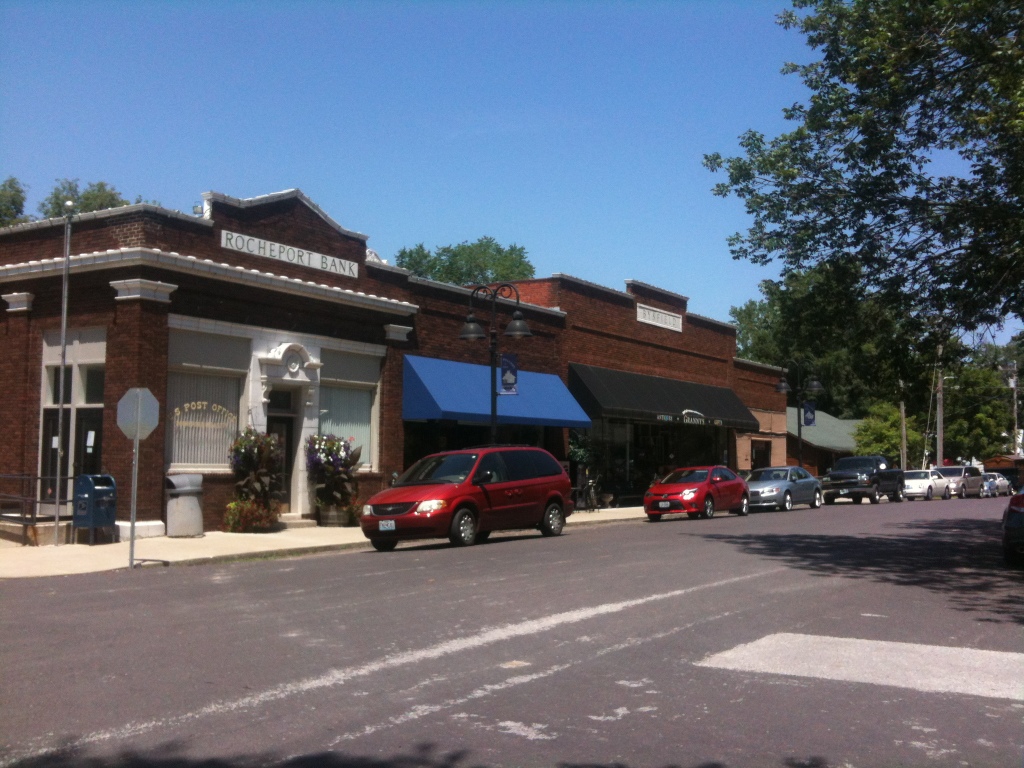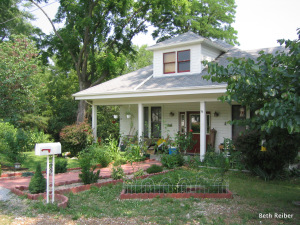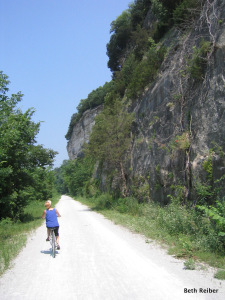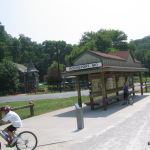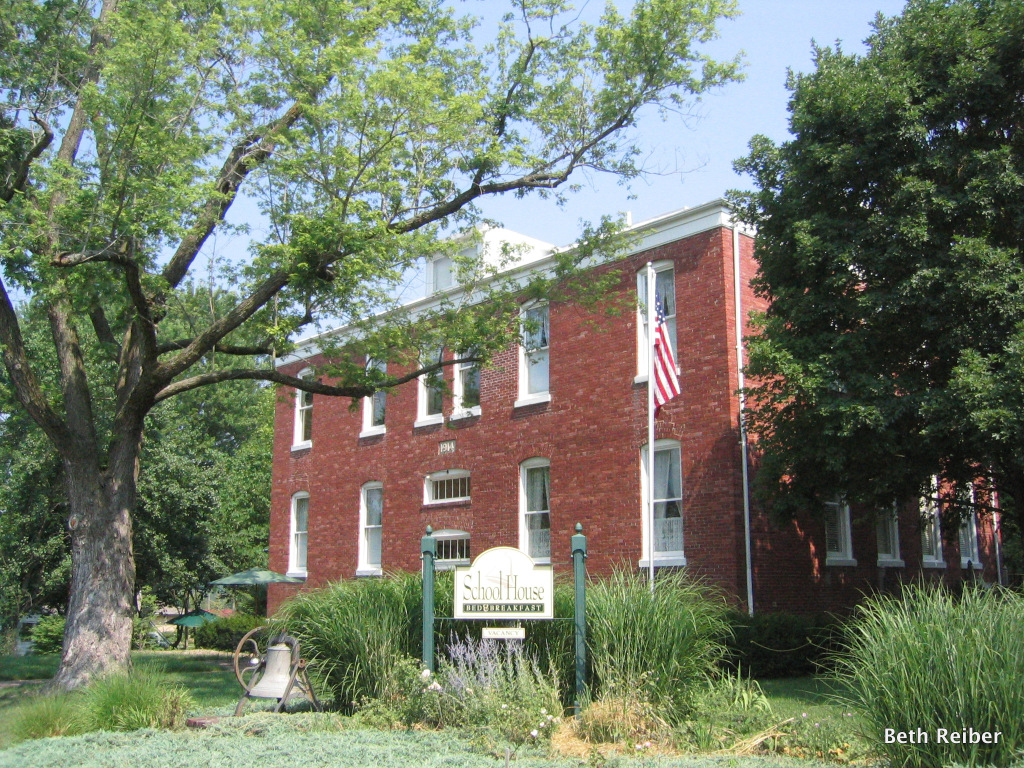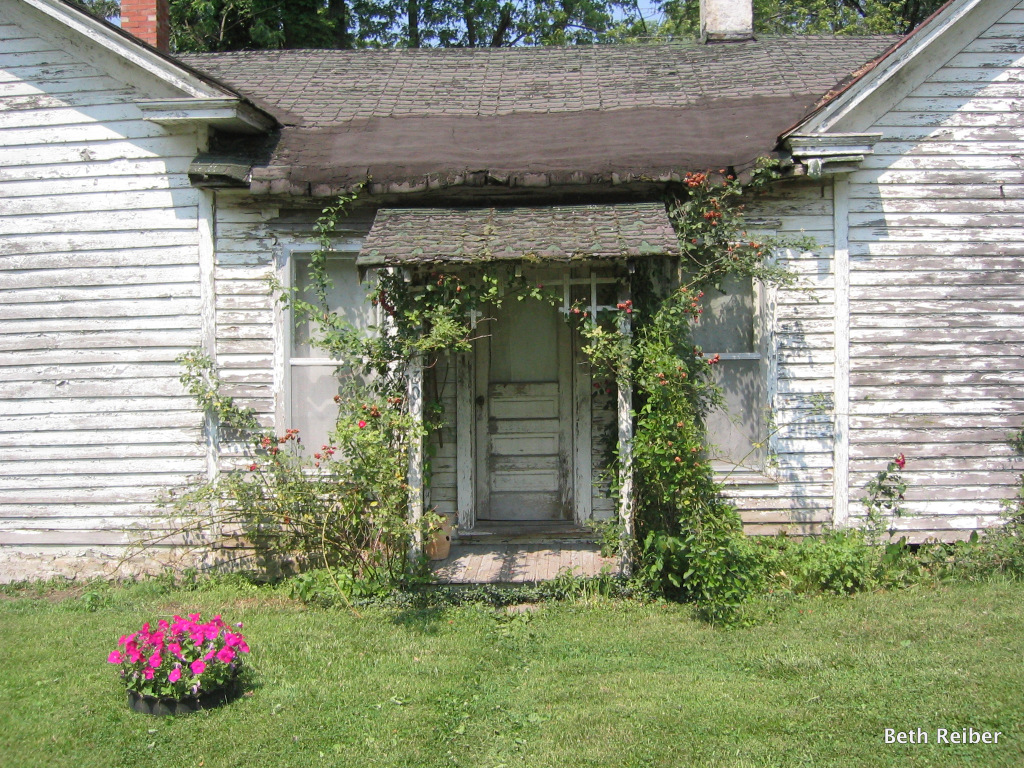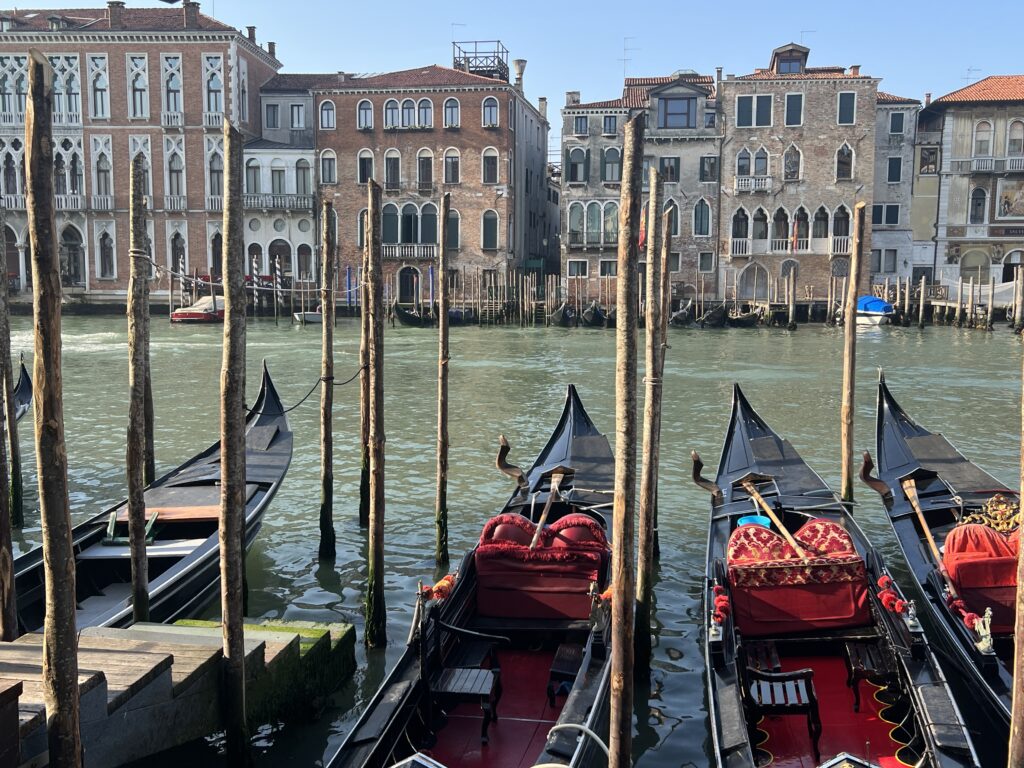It was 10 years ago that I first visited Rocheport, a sleepy town on the Missouri River. I was astounded to find myself transported to the days of my childhood, with Rocheport the epitomy of a 1950s time capsule. As I walked its wide and mostly deserted streets lined with modest clapboard homes, images of carefree summer days floated up from the murky depths of my memory, calling forth summers filled with kickball, bike rides, novels and lemonade on the front porch. I was entirely smitten.
I recently returned for a third visit, for yet another weekend getaway. With relief I noticed that Rocheport looked much the same as I remembered it, with a one-block commercial street offering a post office and a handful of businesses ranging from restaurants to antique shops. Scattered in the town of 240 residents are also galleries and about a half-dozen B&Bs and other lodgings. Since my last visit more homes were renovated and spruced up, with flower gardens gracing many front yards. Conspicuously absent from Rocheport, however, are gas stations, grocery stores, convenience stores, or any other businesses integral to most communities. For baby boomers, visiting Rocheport is like walking onto the set of Mayberry, the fictional town of The Andy Griffith Show. Only cars give clue that this is the 21st century.
Most visitors come to Rocheport because of the excellent Katy Trail, the longest developed rail-to-trail pathway in the country, which passes right beside the town as it winds its way 264 miles across Missouri. Most cyclists are on a day’s outing–you can rent bicycles in Rocheport and other places along the trail–but there are also those traversing the entire length. I’ve cycled only portions of the Katy Trail, but the limestone bluffs and wide Missouri River just outside Rocheport must account for one of its most impressive segments.
It’s obvious the Katy Trail has had a positive economic impact on Rocheport. But equally obvious is that the village, which was placed on the National Register of Historic Places in 1976, must have strict zoning laws to keep Rocheport a 1950s time capsule. But what is it like to live here, with no place to shop for necessities? And how has the town changed over the years?
“Oh, no, I just work here,” answered an elderly clerk in an antique shop when I asked whether she had grown up in Rocheport. “I live in Columbia.”
Turns out, most people I met working or owning shops in Rocheport seem to live elsewhere, mostly Columbia, a university town about 15 miles away. And conversely, many Rocheport residents commute to Columbia to work. In other words, Rocheport has become a bedroom community, though retirees are also finding it an attractive place to settle down.
Curtis Bourgeois moved to the riverside bluffs outside Rocheport as a child in the early 1970s, when his parents bought a rustic A-frame without electricity or running water and started making wine. Through the years, Les Bourgeois Vineyards has expanded into Missouri’s third-largest winery, with a bistro overlooking the river and a tasting room just off I-70. The A-frame now offers snacks, wine and outdoor seating.
“When we moved here, this was way off the map,” Bourgeois said. “Rocheport had lots of trailers and was run down.”
Although he agrees Rocheport has changed for the better, he’s also disappointed that the town has become a bedroom community for Columbia. And because Rocheport is hemmed in on three sides–by the river, a creek and bluffs—it’s confined to a peninsula-like space.
“There’s no place to expand, so real estate has become more valuable,” Bourgeois said, adding that he’s disappointed Rocheport hasn’t developed more retail. Yet with high property prices and limited housing stock, young entrepreneurs find it difficult to live here.
To learn about Rocheport’s history, I dropped by the small Friends of Rocheport Historical Museum, manned that day by volunteer Sherry Moreau. She grew up in Rocheport and now lives in Columbia, though her parents still live here. First settled in the 1820s, Rocheport thrived as a river town. By 1835 it had eight stores, a steam mill, brickyards and other businesses. By 1870 it had about 800 residents. But the coming of the railway was the beginning of the end for Rocheport.
“When the steamboats were here, Rocheport was thriving,” Moreau explained. “But the trains reduced the boats and cut jobs. I-70 was the killer.”
Not only did Interstate 70, completed in the 1960s, bypass the town, it also cut down on the number of trains passing through. After floods damaged tracks in 1986, the route was abandoned. That turned out to be ultimately good news for Rocheport, with the Katy Trail opening in 1996. But the town’s subsequent gentrification has brought mixed feelings.
“Kids can get part-time jobs,” Moreau conceded, noting an improvement from when she attended elementary school in Rocheport, now the Schoolhouse B&B, when there wasn’t much for young people to do. “Older people are not so happy. It’s frightening to see changes.”
My own opinion is that the older we get, the more change we see–and we almost never think it’s for the better. Now when I think about Rocheport, I no longer see a rosy picture of a town that miraculously survived intact from my childhood, guided by locals who grew up here with a fierce pride for preservation of their hometown. But like most things, it’s complicated. Rocheport’s newcomers chose restoration over dilapidation, gentrification over low-income living. Although that choice is why I was drawn for a visit, it’s also why children growing up here might someday have to leave.
“In all the places I’ve been, I never felt it was like home,” said William J. Williams, a sculptor who moved to Rocheport in 1992. “This feels like home.”
